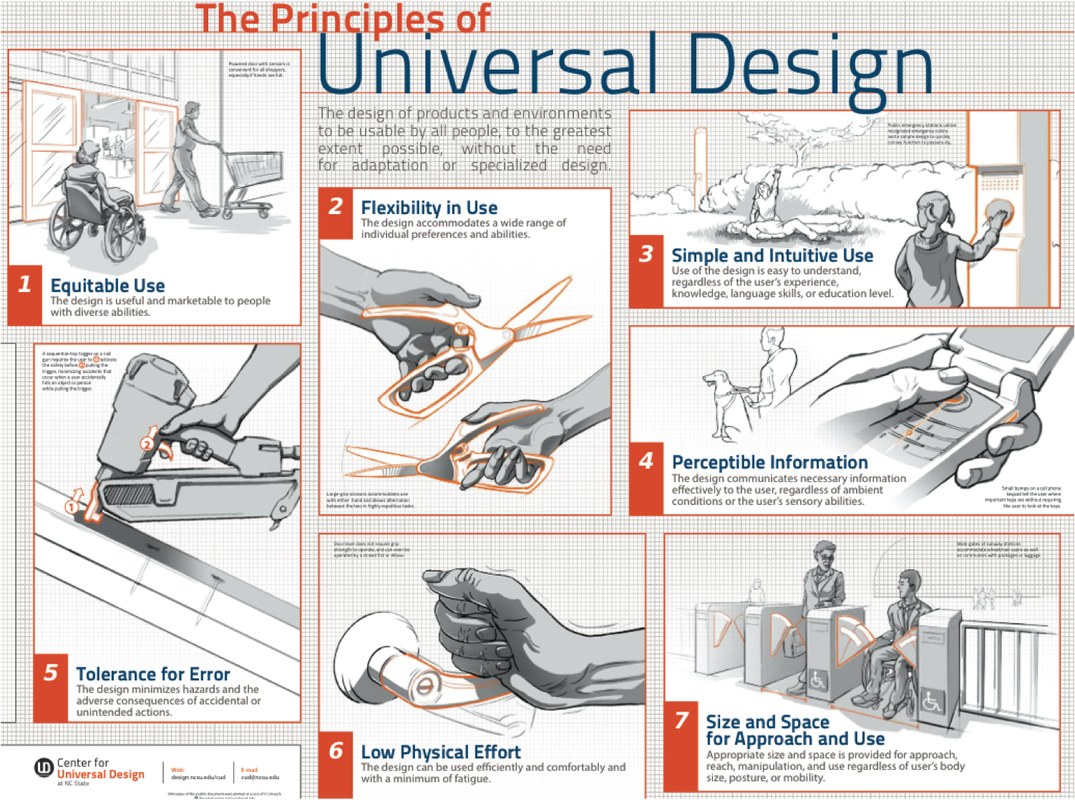|
Universal Design or sometimes as it might be thought about Accessible Design is an important piece in today's urban landscape. How we use and interact with the world around us regardless of any sort of limitation, be it physical or otherwise, needs to accommodate everyone. I recall being told several years ago that 'good design' was never really noticed because it is always something that just works. One of my favorite Steve Jobs quotes is "Design is not just what it looks like and feels like. Design is how it works."
1. EQUITABLE USE
2. FLEXIBILITY IN USE
3. SIMPLE AND INTUITIVE USE
4. PERCEPTIBLE INFORMATION
5. TOLERANCE FOR ERROR
6. LOW PHYSICAL EFFORT
7. SIZE AND SPACE FOR APPROACH AND USE
|
Latest NewsWelcome to 8TFive Studio. I'm owner architect Neil Silva and you can find the latest about our company, projects and many more home ideas.
Categories
All
Popular Posts2016 New England Home Show Architect Booth #801
Building Information Modeling (BIM) for Houses New Home Photographed in East Freetown, MA HushFrame Raft Connectors at 2015 ABx in Boston Join over 4,000+ followers
Contact UsFeel Free to reach out to us if you have any questions or possible project inquires.
|



 RSS Feed
RSS Feed

